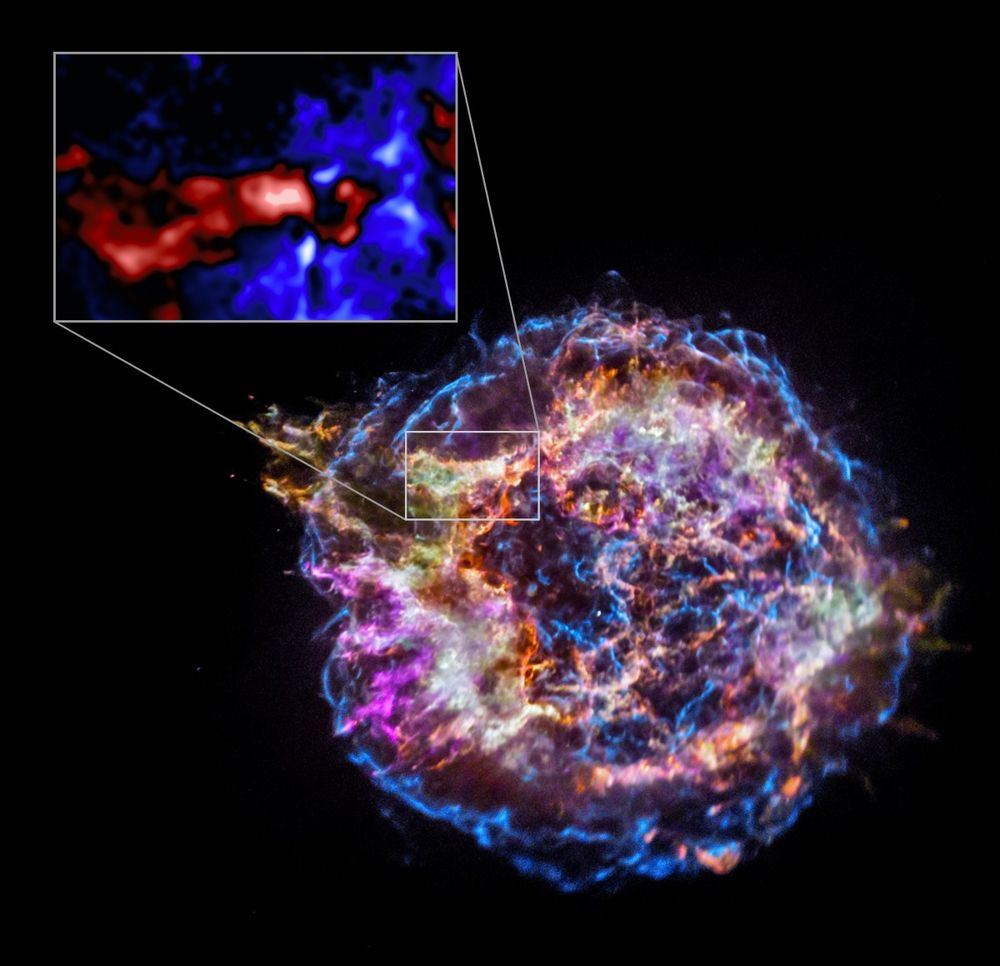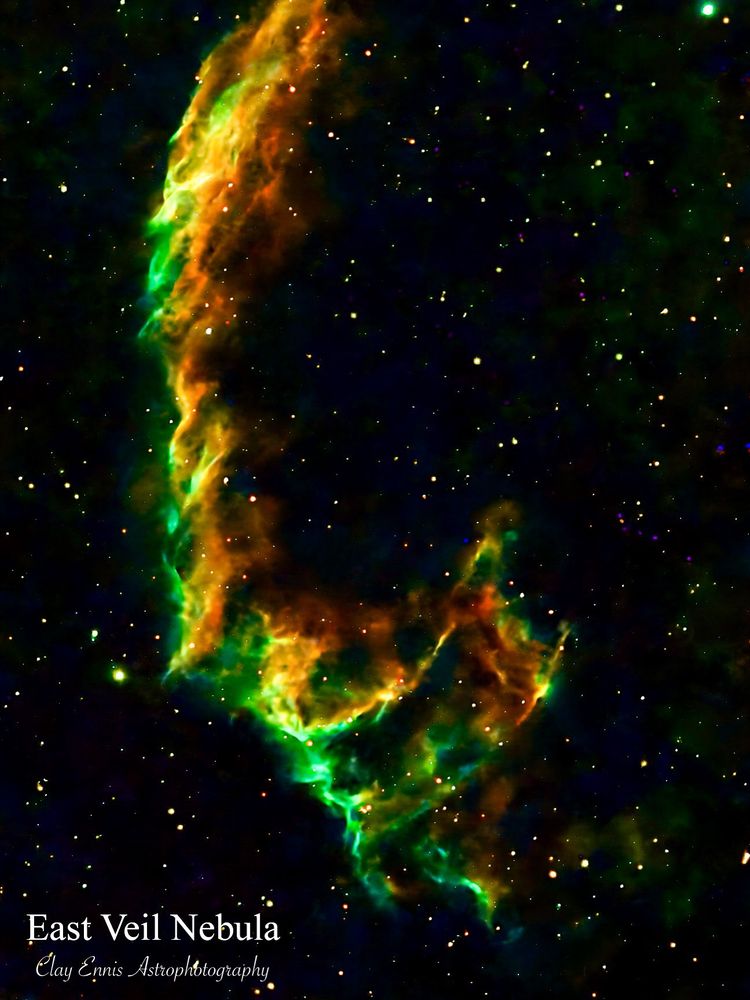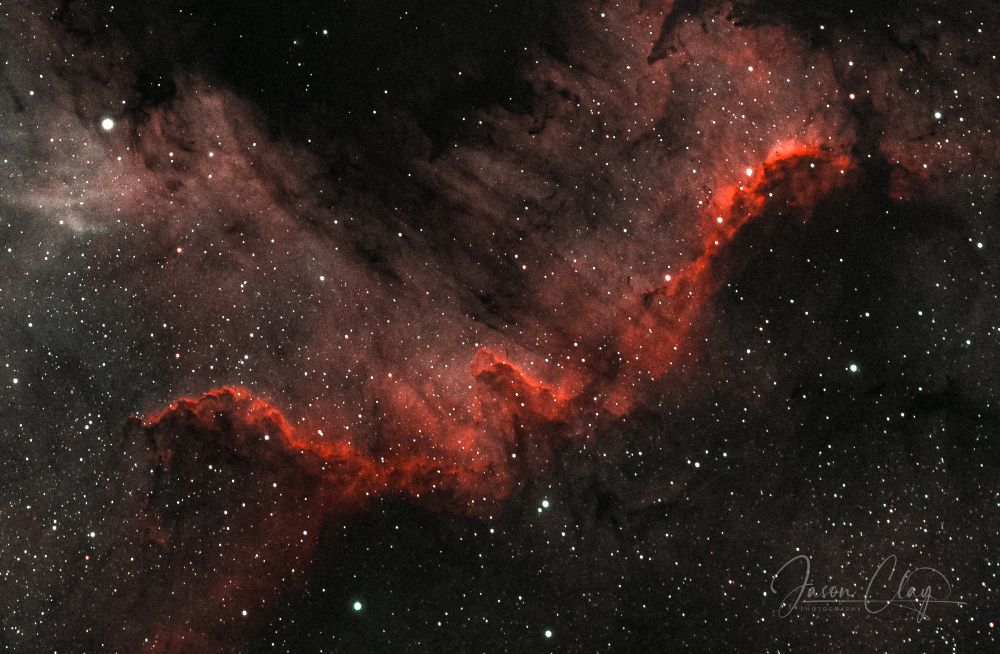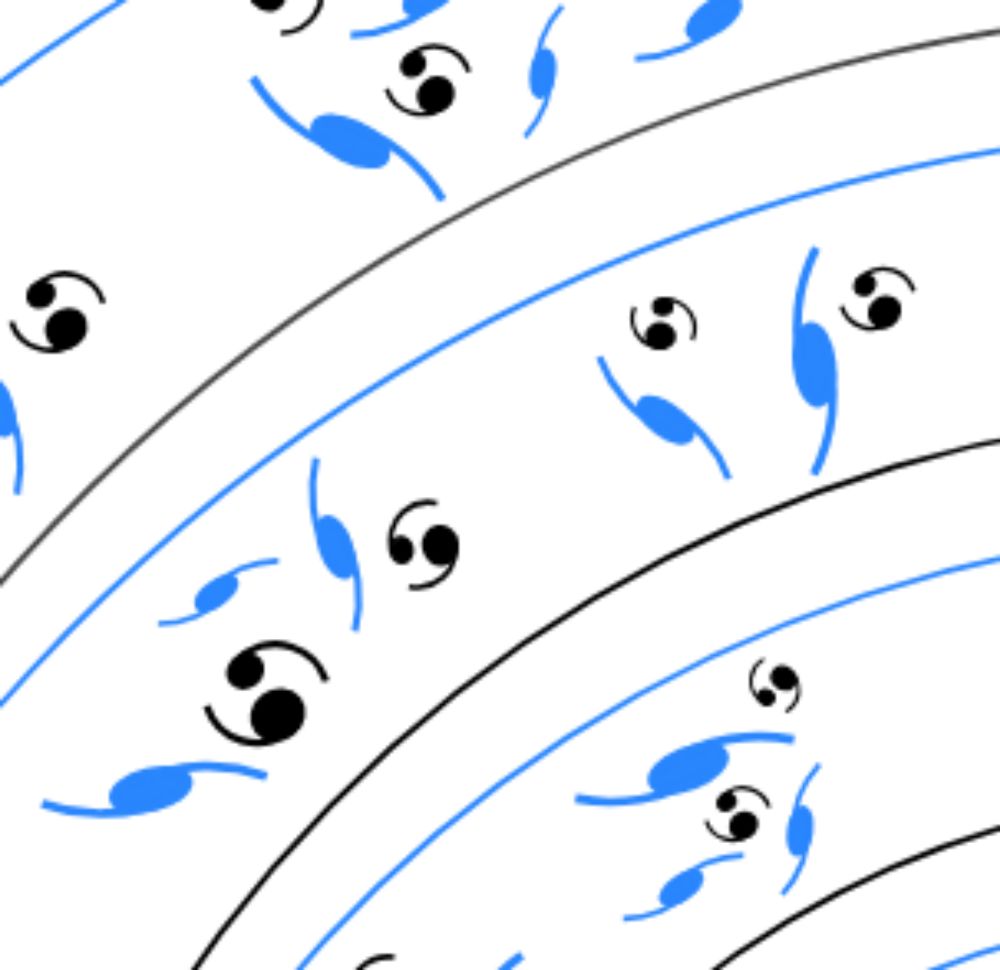
South Cheshire Astronomical Society
Scastro website
The South Cheshire Astronomy Society will be participating in the Crewe Science Spectacular this Saturday in Crewe, Cheshire at Lyceum Square from 11 till 3. We will present 3 talks including a talk on telescopes from @engineeratomic.bsky.social. more info on our website: scastro.org
09.09.2025 17:03 — 👍 1 🔁 1 💬 0 📌 0

South Cheshire Astronomical Society
Scastro website
The South Cheshire Astronomy Society will be participating in the Crewe Science Spectacular this Saturday in Crewe, Cheshire at Lyceum Square from 11 till 3. We will present 3 talks including a talk on telescopes from @engineeratomic.bsky.social. more info on our website: scastro.org
09.09.2025 17:03 — 👍 1 🔁 1 💬 0 📌 0

South Cheshire Astronomical Society
Scastro website
Our first observation/club night of the new season is tonight!
Join us at St Peter's Community Hall in Minshull Vernon, Cheshire.
More info on our website.
southcheshireastronomy.wordpress.com
01.09.2025 07:06 — 👍 2 🔁 0 💬 0 📌 0

Hours before its death, a massive star violently reshuffled its insides—then exploded into Cassiopeia A. NASA’s Chandra data reveals this last-minute chaos, offering new clues into how stars live, die & transform the cosmos
Credit: NASA/CXC/Meiji Univ./T. Sato et al.
Hours before its death, a massive star violently reshuffled its insides then exploded into Cassiopeia A. NASA’s Chandra data reveals this last-minute chaos, offering new clues into how stars live, die & transform the cosmos
Credit: NASA/CXC/Meiji Univ./T. Sato et al.
30.08.2025 17:39 — 👍 129 🔁 18 💬 3 📌 3

Stars in the galaxy shining blue and red as seen through Hubble Telescope
Our 2025-6 season starts next week! Our first observation evening is this Monday night, 7.30pm, at the St Peter's Community Hall, Minshull Vernon.
More details on our website:https://southcheshireastronomy.wordpress.com/
29.08.2025 07:11 — 👍 1 🔁 0 💬 0 📌 0

Day 5 of my Global Meteor Detection System. Just one camera at the moment but some nice Perseids captured last night despite the cloud cover and moonlight. #meteor #perseids @southcheshireastro.bsky.social
12.08.2025 10:12 — 👍 1 🔁 1 💬 0 📌 0
Fab #r4today @megschwamb.bsky.social on how Rubin Observatory commissioning just happened to be looking in the right place at the right time🧵👇
The ~7-mile-wide interstellar #3I/ATLAS comet roams through our galaxy, currently speeding through our solar system to pass Mars in early Oct!🔭🧪
📷: SkyLive
02.08.2025 09:15 — 👍 70 🔁 9 💬 4 📌 2

This Hubble image features the RCW 7 nebula, a cloud of interstellar gas and dust with a faint pink glow due to ionized hydrogen. The background is bluish and studded with stars. Dense, curling clouds surround massive protostars at the center. These emit ultraviolet and infrared light. The brightest stars in the foreground don't belong to the nebula. The ensemble appears as a mix of soft light and shadow, with contrasts between the dark clouds and the bright glow.
🧵
This nice Hubble image shows the intriguing nebula RCW 7 dotted with stars.
Also known as Sh 2-302 and Gum 6, it is located some 5,300 ly away in Puppis.
RCW 7 is an H II region, containing a massive binary protostar, IRAS 07299-1651, which is estimated to have a minimum total mass of...
🔭 🧪
02.08.2025 09:42 — 👍 207 🔁 37 💬 6 📌 1

A line of large craters shines in lunar morning along the black night border. To the right (east), more craters are illuminated in now lunar day.
Tangle of craters along the southern part of the first quarter Moon last night at 144x. Herschel is the small shadowed crater near the upper center. Below it is Ptolemaeus. Right of Ptolemaeus is Albategnius. Below Ptolemaeus is Alphonsus, and below that is Arzachel. #astronomy #astrophotography
02.08.2025 14:18 — 👍 39 🔁 6 💬 1 📌 1
This such a typical tired gotcha position... how much other ethical stuff is Colbert doing? A fucktonne. Its not good if his stance on Gaza is weak but that's not all there is to the story. So gaf or don't but so t pretend there is only one issue that decides his worth.
18.07.2025 18:29 — 👍 0 🔁 0 💬 1 📌 0

The Andromeda galaxy, a spiral galaxy, spreads across the width. It is tilted nearly edge-on to our line of sight so that it appears as an extreme oval on its side. The borders of the galaxy are jagged because the image is a mosaic of smaller, square images. The outer edges of the galaxy are blue, while the inner two-thirds are yellowish with a bright, central core. Dark, dusty filamentary clouds wrap around the outer half of the galaxy’s disk. At 10 o’clock, a smaller dwarf elliptical galaxy forms a fuzzy, yellow blob. Hubble’s sharp vision distinguishes about 200 million stars within the image. The background of space is black. There are what appears to be steps toward the bottom, mainly toward the middle, which indicates where no data were taken.
The largest photomosaic of the Andromeda galaxy, assembled from Hubble observations, took more than 10 years of data collecting and was created from more than 600 snapshots!
➡️ And it's available for download in really large sizes: go.nasa.gov/44Uvyhc 🔭 🧪
17.07.2025 18:15 — 👍 111 🔁 42 💬 3 📌 1

This is the East Veil Nebula. It is located 2400 light years from earth. I always think it looks like a creepy face to me! #astronomy #astrophotography #space @kat-astro-bot.bsky.social
17.07.2025 17:35 — 👍 113 🔁 13 💬 10 📌 1

A dual left/right stereoscopic pair of black and white photographies displaying a Martian landscape. This dual image is intended to be used to obtain a Stereo3D rendition of the scene through parallel viewing, and not cross-eyed viewing.
A Stereo3D view captured yesterday by the Curiosity rover
To go 3D: eyes' lines of sight parallel, left image for left eye, right image for right eye.
#Mars June 27, 2025 - Sol 4582 🧪🔭
📷: NASA/JPL-Caltech
28.06.2025 17:59 — 👍 34 🔁 5 💬 2 📌 0

A telescopic image showing two concentric orange rings. The inner ring is brighter and has some swirling features around it. The outer ring is fainter and fuzzier.
Astronomers may have found evidence of still-forming planets hidden in this close-up of the star RIK 113, taken with our VLT 📸 🪐
This and previous ALMA data suggest that the disc around the star may be shaped by hidden planets.
Discover more: www.eso.org/public/image...
🔭 🧪
📷 ESO/C. Ginski et al.
09.06.2025 07:01 — 👍 66 🔁 14 💬 1 📌 4
It appeared in our 'discover' feed so I guess the topic is evergreen :)
08.06.2025 15:11 — 👍 1 🔁 0 💬 0 📌 0
We have a good number of women in South Cheshire Astro society and more always welcome :)
08.06.2025 15:00 — 👍 0 🔁 0 💬 1 📌 0

RCW 126 is classified as an H II region – a cloud of ionized hydrogen gas excited by young, massive stars. It was cataloged in the 1960 Rodgers-Campbell-Whiteoak (RCW) survey of southern Hα emission nebulae. Specifically, RCW 126 is noted as a low-surface-brightness H II region, meaning its optical emission is relatively faint compared to brighter nebulae. It corresponds to Gum 62 in the Gum catalog of nebulae and is part of the grouping of H II regions known as the Cat’s Paw Nebula complex (NGC 6334). There is no indication that RCW 126 is a supernova remnant; its properties are consistent with an ionized star-forming nebula rather than an exploded star.
RCW 126 lies in the southern Milky Way in the constellation Scorpius, near the tail of the Scorpion. It is situated only a few degrees from the bright star λ Scorpii (Shaula). Its equatorial coordinates are approximately RA 17ʰ13ᵐ–17ʰ17ᵐ, Dec −36°18′ (J2000). This places RCW 126 in the same sky region as the NGC 6334 star-forming complex. Indeed, RCW 126 is often considered an outlying part of the Cat’s Paw Nebula (NGC 6334) system of H II regions in Scorpius. In Galactic terms, it lies in the inner Galaxy (near galactic longitude l ≈ 351°), in a rich star-forming arm segment.
The presence of ongoing star formation is a defining characteristic of RCW 126. Besides the IR-bright protostar(s), the nebula and its molecular cloud exhibit other star-forming signposts: dense clumps, likely maser emission and molecular outflows have been reported in the region, indicative of active protostellar accretion and feedback. (For example, radio studies have noted a north–south velocity gradient in the molecular gas of RCW 126, which could be related to outflow motions.) In summary, RCW 126 is not just an ionized gas cloud but a cradle of new stars, including at least one high-mass star and numerous lower-mass members forming in the embedded cluster.
This is RCW126, a Hydrogen Alpha nebula region 6,500 light years away in the constellation of Scorpius. Captured over multiple nights in May and June 2025 using my Edge HD8 telescope and ASI1600MM Pro camera. 25 hours of total imaging time #astrophotography @kat-astro-bot.bsky.social
08.06.2025 07:29 — 👍 87 🔁 13 💬 3 📌 0

Located just a few dozen kilometres from Madrid, the Cebreros ground station was inaugurated in 2005 as the second deep space antenna in ESA’s Estrack satellite tracking network. With its 35-metre dish, it provides routine support to ESA deep-space missions, like: Mars Express, BepiColombo, Juice and Hera.

Observations of our neighbouring galaxy, Andromeda, made using ESA’s Flyeye telescope. Andromeda appears so large in Earth’s sky that in angular size it is six times the diameter of the full Moon and it can be seen with the unaided eye in dark skies.

The NASA/ESA/CSA James Webb Space Telescope recently imaged the Sombrero galaxy with its NIRCam camera, which shows dust from the galaxy’s outer ring blocking stellar light from stars within the galaxy. In the central region of the galaxy,

This galaxy is called NGC 685 and is classified as a barred spiral because its feathery spiral arms sprout from the ends of a bar of stars at the galaxy’s centre.
📷 This was our #WeekInImages, 2-6 June 2025 👇
www.esa.int/About_Us/Wee... 🧪🔭
08.06.2025 14:12 — 👍 222 🔁 40 💬 2 📌 3

The Cygnus wall, a part of the larger North America Nebula.
The Cygnus Wall is a giant cloud of hydrogen gas that is ionized by nearby stars, so it glows. From end to end, it's about 20 LY long. It's 1,500 LY away, so this is really what it looked like 1,500 years ago. HOO color palette. #astronomy #astrophotography #astro #science #cygnus #space #nebula
08.06.2025 13:35 — 👍 236 🔁 42 💬 3 📌 1
#Astronomy #astrophysics #cosmology
08.06.2025 14:41 — 👍 3 🔁 0 💬 0 📌 0

South Cheshire Astronomical Society
Scastro website
Hello to our fellow Astronomy organisations, professionals and enthusiasts, South Cheshire Astronomy has now moved to Bluesky, excited to make this our new digital home.
Visit our website to read more about our society and our upcoming 2025-26 season dates.
scastro.org
08.06.2025 14:36 — 👍 2 🔁 1 💬 2 📌 0
Analogue synths and 70s cars
Techno, ambient,and drone: Your Silent Face - https://yoursilentface.bandcamp.com/
Pop and stuff: Vakant Vakant - https://www.soundcloud.com/vakantvakant
Retired. Astronomer, Naturalist, Geologist. STEM Ambassador, Aeromodeller.
www.mad-science.org.uk for fun
Astronomer Royal for Scotland, Professor of Astrophysics, Edinburgh University. Director of the German Centre for Cosmological Lensing, RUB. #LongCovid (She/her)
Jim Al-Khalili CBE FRS HonFREng Emeritus Professor of Physics @UniofSurrey, theoretical physicist, author, broadcaster, humanist. "Affable Egghead" (Sunday Times).
https://jimal-khalili.com
https://www.surrey.ac.uk/people/jim-al-khalili
We're Liverpool Astronomical Society, founded in 1881.
Our (Latin) motto is "Sic Itur Ad Astra", which means "Thus, The Way To The Stars."
Our goal is to advance, promote, inform, inspire and educate on the science of astronomy and associated sciences.
The mission of the American Astronomical Society is to enhance and share humanity’s scientific understanding of the universe as a diverse and inclusive astronomical community.
aas.org
Highlighting recent astronomy research from the American Astronomical Society's journals. Editors: Kerry Hensley & Susanna Kohler. Discover what's new in the universe at aasnova.org. Header image: https://bit.ly/45THhg
Digestible summaries of the latest astronomy research. Written by an international team of grad students for undergrads! Supported by the @AAS_Office. #scicomm
#50YearsOfESA: we're the European Space Agency, keeping you posted on European space activities.
Please see our Privacy Notice: https://esa.int/connectwithus
The European Southern Observatory designs, builds & operates world-class observatories on the ground for the benefit of society. More info on eso.org
The National Radio Astronomy Observatory is a facility of the U.S. National Science Foundation. #RadioAstronomy
📡 VLA, ALMA, VLBA, GBT, ngVLA
🔗 public.nrao.edu
MAST archives UV/optical/IR data from NASA missions, contributed science products, and analysis tools. https://archive.stsci.edu
This account is primarily to inform our users of updates. For the general public, follow https://bsky.app/profile/stsci.edu
Australian-American husband, father, professional nerd, astronomy communicator, dog spoiler, cricket fan. Opinions mine. He/him.
CUNY Astro prof, AMNH research assoc, runner, astronomer, crafter, camper, gardener, mom, all opinions completely my own (she/her)
Modern Jedi Knight
Astronomer/Astrophysicist
www.KennethCarrell.com
next appearance = @creationent's Trek to Las Vegas #STLV
astrophysicist | education researcher | teacher | s͎u͎s͎p͎e͎c͎t͎e͎d͎ human
https://linktr.ee/ricadink
🔭⚛🧪 @StarTrek🖖🏼 @Titans🏈
Radio astronomer at NRAO, posting on a personal basis. Affirming Christian (Episcopalian). Alumnus of Durham (MSci) & Cardiff (PhD). He/him.
Astronomer at UW, data pipeline wrangler for Rubin Observatory, satellite mitigation leader via IAU CPS SatHub, mom, violist, Ballardite (Seattle), family cargo e-bike evangelist, Episcopalian, etc. Opinions all mine
Astronomer | Science writer | Nerdfighter
She/her/your excellency
Here there be nonsense.




















